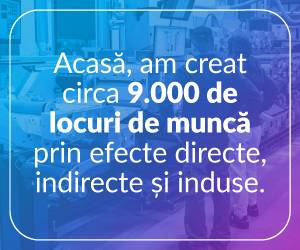The first version of the health insurance system's IT platform will be launched by the end of this year, Health Minister Alexandru Rogobete announced, specifying that the fully integrated system will become operational in August 2026. "To begin with, we will go into a transition period, so that services will be accessed both through the existing health card - whose validity has been extended, even if it says it has expired - and through the new electronic identity card. At the same time, we are also trying to find a more digital version, if possible," the minister said. Explaining the postponement of the integration of health cards into the new identity cards, Rogobete explained that public resistance to change and misinformation regarding electronic technologies have influenced the pace of implementation. "Unfortunately, there is still a high percentage of people who believe that, with the new identity card, they will be microchipped. In other words, there is a significant group of people who believe that medicine is done with water, energy and nanobots. Until we overcome these confusions, we must provide access to everyone, regardless of the form of access", Rogobete stressed.
The Minister of Health also announced the inauguration of the Multi-Organ Screening and Early Diagnosis Center for Neoplasia, within the "Prof. Dr. Alexandru Trestioreanu" Oncology Institute in Bucharest. Patients have been benefiting from medical services since yesterday. "Screening and prevention are perhaps the most important elements in the development of the Romanian health system. We are discussing a multi-source investment, made from the state budget, European funds and credits from the World Bank. It is an important acquisition of screening equipment for mammography, HPV and other types of diagnosis, as well as a significant development of the pathological anatomy laboratory", Rogobete declared.
The center allows patients to be evaluated for the most common forms of cancer - breast, cervical, colon, lung and prostate - using modern imaging technologies and minimally invasive diagnostic methods. The equipment was purchased through the PNRR and through joint programs with the World Bank, within the national oncology prevention strategy. "I firmly believe that prevention and early diagnosis are the key to reducing cancer mortality. We will continue to invest in such centers throughout the country, so that every Romanian has equal access to the chance to live,” the minister said.
























































